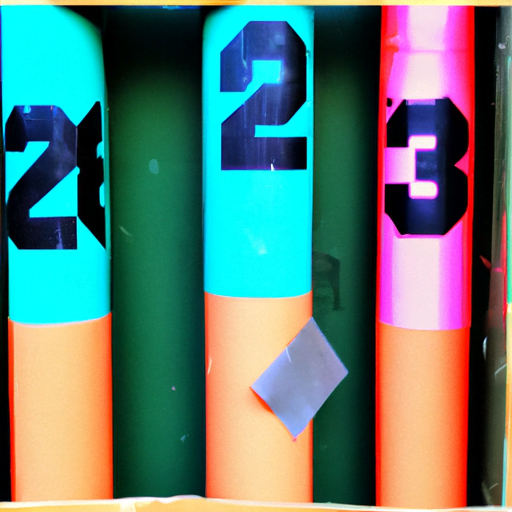
-
Table of Contents
Urban Exploration: Finding Design Inspiration in the City

Urban exploration, also known as urbex, is the act of exploring abandoned or hidden urban spaces. It has gained popularity in recent years as a way to discover the hidden beauty and history of cities. While urbex is often associated with thrill-seeking and adventure, it can also be a valuable source of design inspiration. In this article, we will explore how urban exploration can inspire and inform design decisions, and how designers can incorporate the unique elements of urban spaces into their work.
The Beauty of Decay
One of the most striking aspects of urban exploration is the beauty found in decay. Abandoned buildings, overgrown structures, and forgotten spaces can be visually captivating. The textures, colors, and patterns that emerge from years of neglect can serve as inspiration for designers in various fields.
For example, a graphic designer might find inspiration in the peeling paint on an old wall, using the texture and color palette to create a unique design for a website or poster. An interior designer might draw inspiration from the worn and weathered surfaces of an abandoned factory, incorporating elements of industrial design into a modern living space.
By embracing the beauty of decay, designers can create visually interesting and unique designs that stand out from the crowd.
History and Narrative
Urban exploration is not just about aesthetics; it is also about uncovering the history and narrative of a place. Each abandoned building or hidden space has a story to tell, and designers can tap into this rich history to create meaningful and engaging designs.
For example, a fashion designer might research the history of a derelict textile factory and use that knowledge to inform their designs. They might incorporate elements of the factory’s past, such as the machinery or materials used, into their clothing line, creating a collection that pays homage to the building’s history.
Similarly, an architect might explore the history of a neglected neighborhood and use that knowledge to design a new development that respects and reflects the area’s heritage. By understanding the narrative of a place, designers can create designs that are not only visually appealing but also meaningful and contextually relevant.
Adaptive Reuse and Sustainability
Urban exploration can also inspire designers to think about adaptive reuse and sustainability. Instead of tearing down old buildings and starting from scratch, designers can repurpose and transform existing structures, breathing new life into forgotten spaces.
For example, an industrial warehouse might be transformed into a vibrant art gallery, preserving the building’s history while providing a new cultural space for the community. By repurposing existing structures, designers can reduce waste and contribute to a more sustainable future.
Furthermore, urban exploration can shed light on the potential of neglected spaces. By uncovering hidden gems within a city, designers can identify opportunities for revitalization and community development. This can lead to the creation of vibrant public spaces, such as parks or community gardens, that enhance the quality of life for residents.
Case Study: The High Line
A prime example of how urban exploration can inform design decisions is the High Line in New York City. The High Line is a 1.45-mile-long elevated park built on a historic freight rail line. The park incorporates elements of the railway’s past, such as the tracks and industrial materials, into its design.
The designers of the High Line, James Corner Field Operations and Diller Scofidio + Renfro, drew inspiration from the overgrown vegetation that had taken over the abandoned railway. They preserved and incorporated these plants into the park’s design, creating a unique and immersive experience for visitors.
The success of the High Line demonstrates how urban exploration can inform and inspire design decisions, resulting in innovative and engaging spaces that resonate with people.
Key Takeaways
- Urban exploration can provide designers with a unique source of inspiration, drawing from the beauty of decay and the history of a place.
- By embracing the aesthetics of abandoned spaces, designers can create visually interesting and unique designs.
- Understanding the history and narrative of a place can inform meaningful and contextually relevant designs.
- Designers can contribute to sustainability by repurposing existing structures and uncovering hidden opportunities for revitalization.
- Case studies like the High Line demonstrate the power of urban exploration in informing and inspiring design decisions.
Conclusion
Urban exploration offers designers a wealth of inspiration and insights. By embracing the beauty of decay, understanding the history of a place, and considering adaptive reuse and sustainability, designers can create meaningful and engaging designs that resonate with people. Whether it’s repurposing an old building, incorporating elements of an abandoned space into a design, or drawing inspiration from the narrative of a place, urban exploration can unlock a world of design possibilities.
